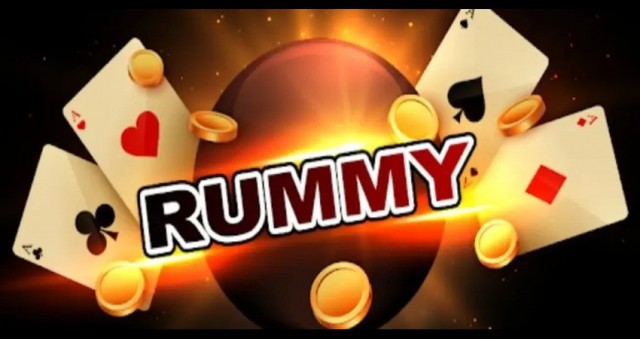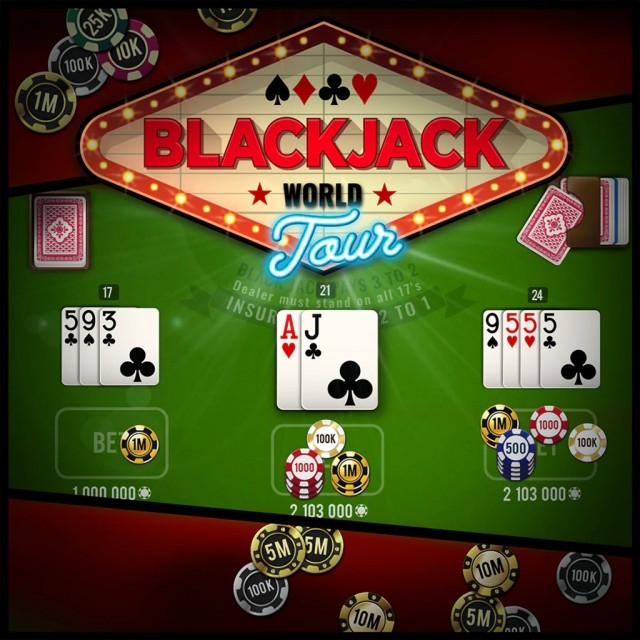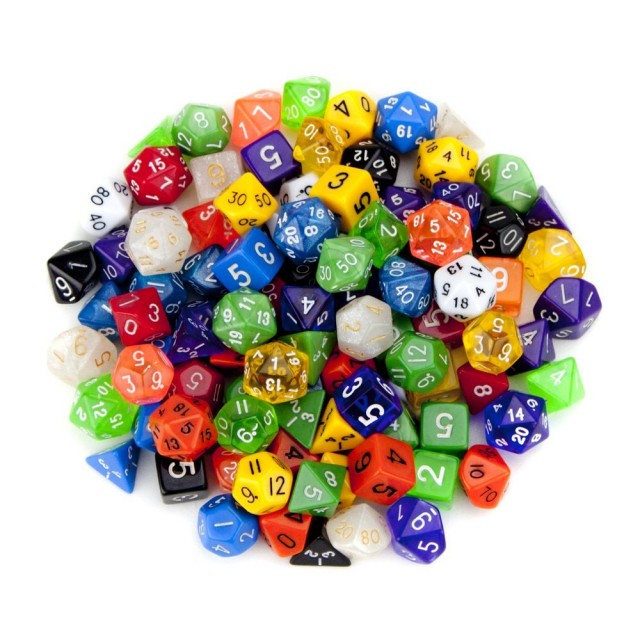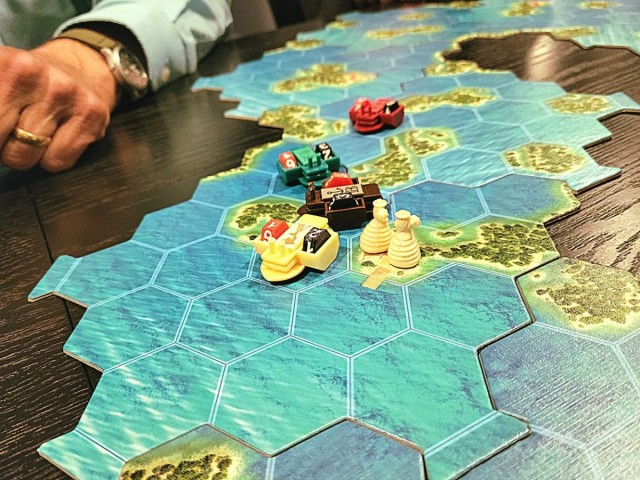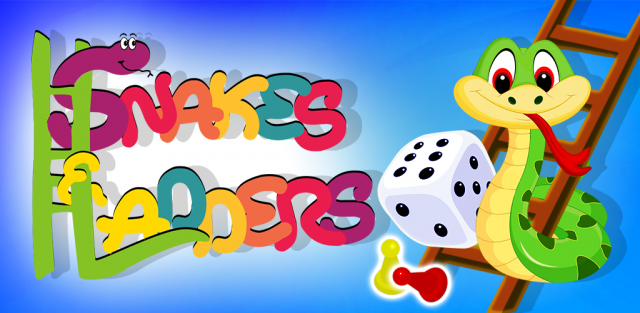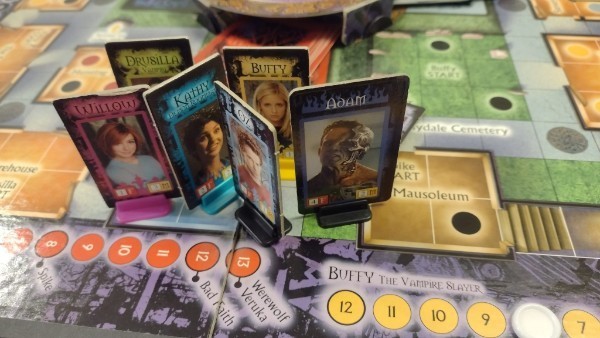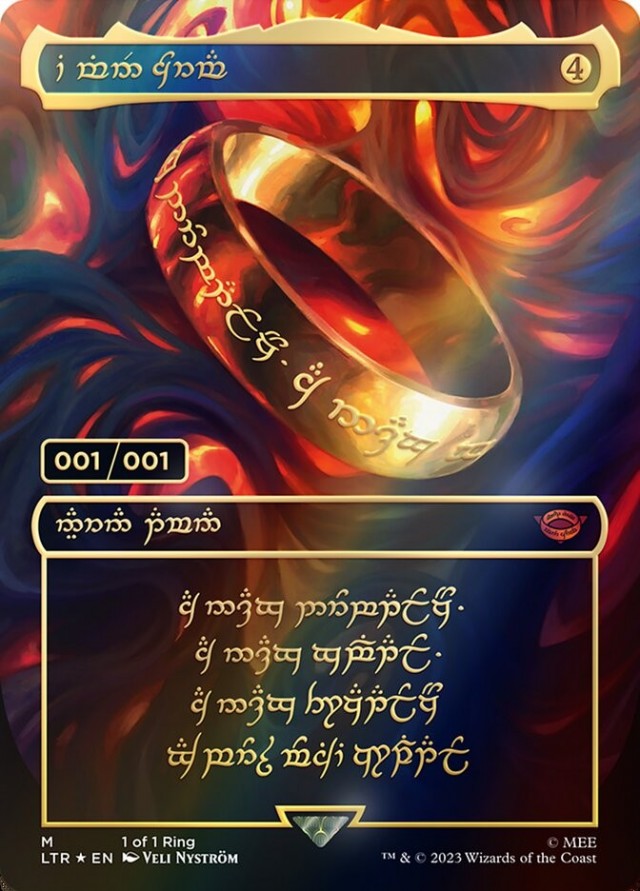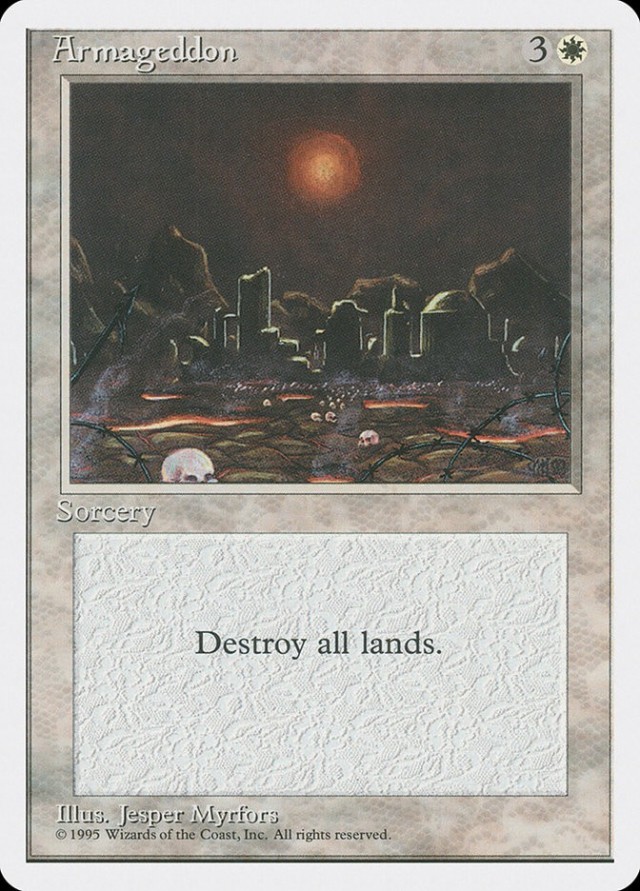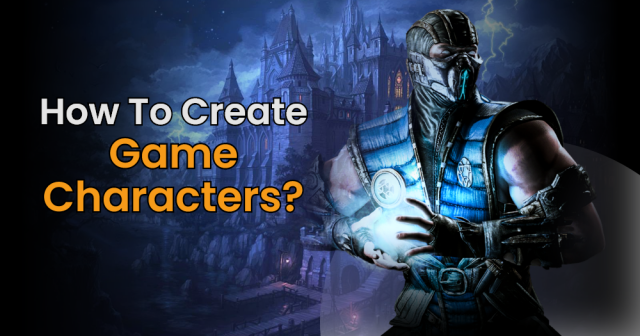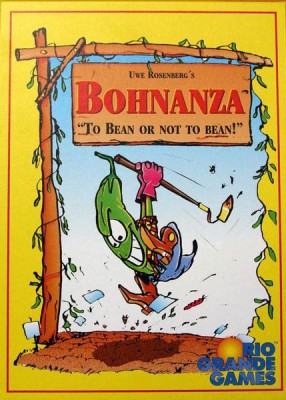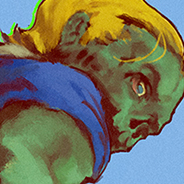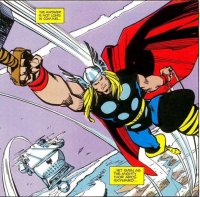Nate Owens is looking at every game on his shelves, and asking "Why do I own this?" Every week he will give his history with five more games in his collection, along with a short review of each one.
Blokus
How did I get it? I might be mistaken, but I think Blokus was actually a wedding present. My wife was gracious enough to let us put a few games on our wedding registry, a move that I would probably not push for now. I don't remember if this is one we added ourselves, but we did receive it.
Why do I still have it? That's a good question actually. I have never been one to play Blokus very much, and it's a pretty common game these days. It's a little surprising that it never ended up in a Goodwill donation at some point. In fact I don't remember the last proper game of it that I played. Its primary role in our collection has been to act as a kind of colorful set of 2D building blocks for our kids. In that role it has actually served quite well.
How is it? In spite of my dismissive comments, Blokus is actually a pretty solid design. Its biggest crime is being a part of a genre that has never been a favorite of mine, true abstract designs. But in that wheelhouse, it's approachable and attractive. I have always enjoyed the way the game begins with players staking out territory on the board, after which they try to break through into the territory of their opponents. I am also a fan of the bright colors, since it harkens back to the kinds of board games that got made in the 1980s. It's biggest disadvantage is that it really wants 2 or 4 players, which is kind of an awkward fit when you only have three people who are interested in playing games in your house. There's always that triangular version, which is also a good game if you're into that kind of thing. But unfortunately I've never been enough into that kind of thing to justify buying a second version of the game.
Bohnanza
How did I get it? I played other people's copies for several years, so it wasn't until I had been in the hobby for nearly a decade that I procured a copy of Uwe Rosenberg's first big hit. This was the result of my one time to attend BGG.Con, where I participated in the Virtual Flea Market, an auction for used games, one truly staggering in its scale. I think I spent like $5 on it, but I don't recall.
Why do I still have it? This is one of those games I bought when I was very sure I was going to keep it. Bohnanza's status as a gateway to the hobby has diminished in the last decade, but it remains one of the best games about trading that the hobby has ever produced. It's going to hang around for years to come.
How is it? As I mentioned already, when I started getting into board games around 2006, Bohnanza was a second-tier gateway game, perhaps not as well known as Catan or Ticket to Ride, but a common starting point for lots of people. A few things have conspired to push it down from that tier. First of all, designer Uwe Rosenberg stopped being the guy who made little card games, and became the guy who designs heavy worker placement game, a genre much more in tune with modern tastes, partially because of Rosenberg's work. It's also a game that is now over 20 years old, and games that stay relevant past a decade or so are not at all common. It's also got a couple of rough edges design wise. Nothing in games is quite as counterintuitive as not being able to rearrange your hand, and while Bohnanza likes big crowds the game can tend to go long with more than four players. But man, this is still a really fun game. The way it pushes players to value different cards differently is so organic, making trading the natural avenue for players. It also does a good job of putting guardrails on the trading, making it easier for the players who aren't big on haggling to take part in the whole thing, and promoting creative deals that sidestep the parameters for trading. I love the way some of the beans are converted into victory points and taken out of the deck, changing the value of the remaining cards in the process. And I'll be honest, the setting of planting beans is silly and contrived, but also kind of perfect. There's nothing else like it. This is 90's German game design as it was meant to be.
Canasta Cliente
How did I get it? Now this is a deep cut. I actually bought this branded version of the classic card game way back while I was in college. Before I was ever aware of gaming as a potential hobby, I wanted to get a couple of new card games to play with some of my dorm buddies. It never ended up getting much action, sadly.
Why do I still have it? I'm a little surprised I still do, since it sat mostly unplayed. That is, it did until I got married and introduced it to my wife. She has always enjoyed rummy games and their many permutations, and Canasta became one of our favorites as a couple. This branded version from Parker Bros. adds a small variant with an extra kind of bonus card, but we leave those out and play the game in its original form. Such luxuries are, of course, unnecessary. That said, Canasta played with regular card decks requires the player to think of the 2s and 3s are cards other than 2s or 3s, and it has a lot of different ways to score points. This Caliente version makes all of that much easier, so it is our preferred way to play a this classic game.
How is it? In its purest form Canasta is usually played in partnerships, but it makes a very good two-player game with a couple of minor adjustments. For those who have not played, Canasta requires two regular decks of cards. The players draw cards to make numerical melds, and the 2s and 3s are different kinds of wilds and bonus cards. A big part of the game is managing the discard pile, which can be picked up to meld every card in there for big points. However, by discarding a wild you can limit who takes those cards, adding some nice strategy to the game. The endgame of a hand is also interesting, because a player who is doing well will NOT want to go out quickly, but will instead want to keep running up the score. Usually it's the person who is struggling who will want to pull the plug on the round. My traditional card game of choice has always been Euchre, since that is what my family played in my youth, but Canasta is a more interesting game on balance. There are a number of things to consider at any given time, from what should be discarded to what melds you should be building, to what might be the best time to go out. I like using the Caliente version, but I heartily recommend tracking down a couple of regular decks and seeking out the rules yourself. This is one of those traditional games that has made a case for itself among all the designer games in my collection.
Carcassonne
How did I get it? Ah the early days of board gaming, when every hobbyist would take their paycheck to the local game store and buy another game to force on family and friends. When I started in this hobby, Carcassonne was one of those games that everyone owned. It was also cheaper than most other games, so it was a no-brainer. I also collected a number of expansions for it, including the bizarre Catapult expansion, for whatever that's worth.
Why do I still have it? On my first date with my wife, she mentioned that she used to play a game about putting together tiles while she taught English in Korea. That game was of course Carcassonne, and it is still a favorite of hers. She is still my primary opponent, and she is good at it. We don't play it like we used to, but it's stayed in circulation when bigger, flashier games have gone by the wayside.
How is it? Like Bohnanza, Carcassonne used to be a huge deal in this hobby. If anything, itwas much bigger than Bohnanza. It one of the two or three biggest games out there, competing only with the likes of Catan and Ticket to Ride. To give you some idea, the very idea of "meeples" came from this game. If I had to guess why it is no longer in that top tier, I suspect its status was hurt badly by the split between Rio Grande Games and German publisher Hans im Gluck. It was not available in the US for a little while, right around the time that Kickstarter was ramping up as a major source of new games. It's back on shelves now, but it feels like the conversation has moved on. It's too bad too, because Carcassonne still has much to recommend it. It pulls from the language of dominoes to create a great game of risk and reward. It also strikes a really delicate balance between competition and cooperation, where you can either steal other people's points or finish your own map features while helping others do the same. The copious number of expansions let you push the game in whatever direction you like, but for me the game really comes into its own when you add Inns & Cathedrals, and Traders & Barbarians. If nothing else, those two expansions bring the tile mix into its ideal form. Add that to the original German method for scoring farmers (not a euphemism I promise) and you have another highlight of what German family gaming can be.
Cartouche Dynasties
How did I get it? John Clowdus is one of those designers always worth paying attention to, even if his games don't work as well as they might. He's experimented with lots of different methods of printing his very small-run games. For a while he took preorders once a month, then he transitioned to Kickstarter, then to a publishing partnership with Kolossal games, and now I think back to Kickstarter? Somewhere in there he actually released four games to DriveThruCards.com, a print-on-demand service that I think seems very well-suited to his model. I bought all four of them, of which Cartouche Dynasties was one. At the time they seemed like a good bet, being small and affordable. I've only ever had a chance to play two of them however.
Why do I still have it? Mostly because it's easy to keep around, even though Cartouche Dynasties is not one of those games I've played. Besides that, print-on-demand games are always kind of a tough trade. It's easier to keep it around.
How is it? As I said, I have yet to play it. John Clowdus is the kind of designer who is sometimes more interesting than fun, but from the rules this particular game looks to be closer to the fun end of that spectrum. It is actually a reprint of a previous Kickstarter game, and it features all of the below-the-surface play and nice illustrations that at this point are par for the course with anything from Small Box Games. I'll have more to say when we get to games like Omen: Reign of War and Merchants of Muziris, but this one is still on the list for me.
Next week: The grandaddy of them all, and one of its more complicated descendents.
 Games
Games How to resolve AdBlock issue?
How to resolve AdBlock issue? 
